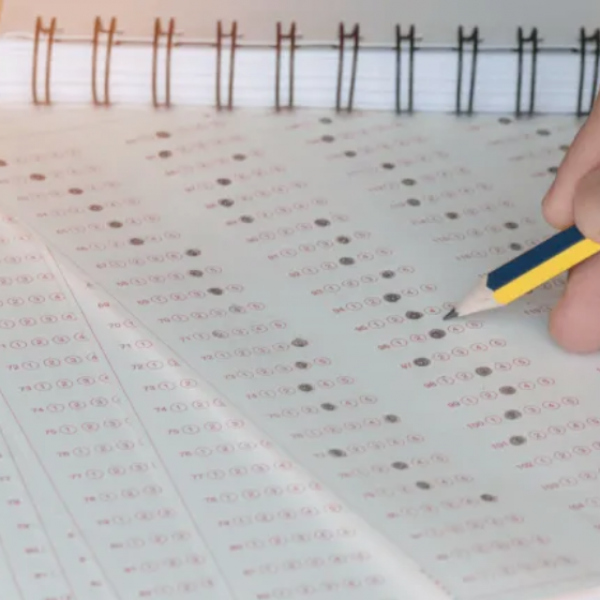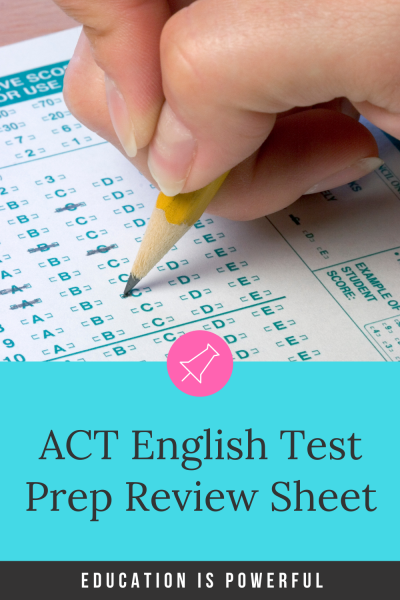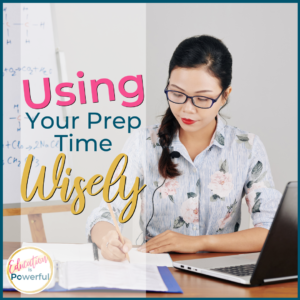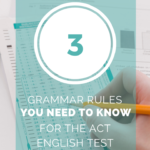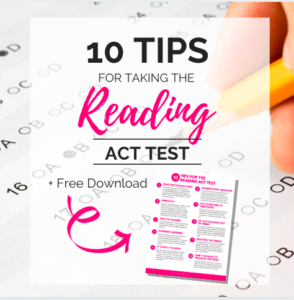It is nearly impossible to know every grammar rule in the English language in order to get ready for the ACT English Test. So, picture this, it is the night before the test and you are doing some last-minute studying and you are trying to cram in every grammar and rhetoric rule you remember from English class.
{Looking for tips for the ACT Reading Test?}
Too often I have had students who get caught up in knowing every minor detail of grammar that it prevents them from focusing on the 3 key things they need to know for the ACT English Test.

It all boils down to this: knowing the difference between an independent and dependent clauses/phrases and how to punctuate them. If you know this, then you will be able to choose the right answer or eliminate answers.
So here we go.
Independent and Dependent Clauses
Independent Clauses are sentences that can stand on their own. They have a subject and a verb. For example: John and I drove to the store.
Dependent Clauses cannot stand on their own. They often are missing the subject, but do have a verb. For example: Then walked to a movie.
Dependent Phrases also cannot stand on their own. They often add extra information and details. For example: which neither of us liked.
1. How do I connect two Independent Clauses?
You can connect these clauses together with commas.
- Connect with a comma by using a coordinating conjunction. [Hint: You don’t really need to know the term coordinating conjunction.] The most common ones are what I call “FANBOYS” – for, and, nor, but, or, yes, so. For example: John and I drove to the store, and we walked to a movie.
You can also connect these clauses with a semicolon.
- Connect with a semicolon by putting it between the two independent clauses. For example: John and I drove to the store; we walked to a movie. This isn’t as common and is usually used for more complex sentences.
You can also connect two independent clauses by using a semicolon transitional word and a comma between the two sentences. Some transitional words are however, therefore, although, meanwhile, etc. For example: John and I drove to the store; however, we walked to a movie.
2. How do I connect an independent clause with a dependent clause?
These types of sentences will often show a relationship with each other and are often misidentified as two independent clauses. Connect these without any punctuation – even though they often have a FANBOYS conjunction between them. For example: John and I drove to the store but walked to a movie. In this example, the second half of the sentence is a dependent clause and is missing the subject – walked to a movie. Therefore, it needs the first part of the sentence in order to make sense.
3. How do I punctuate a dependent phrase inside a sentence?
A dependent phrase adds information but isn’t essential to understanding the sentence, so you set off the phrase with commas, or dashes, or parentheses. I have never seen a test that has all of these in the same question as answers, so all you need to remember is to set off the phrase. For example: We walked to a movie, which we both hated. Knowing that you both hated the movie is extra information
If the non-essential phrase is in the middle of the sentence, then commas will go around it. For example: I went to the movies with John, who is my best friend, then we went to dinner.
Okay – that’s it. If you can identify if a sentence is an independent or dependent clause, then you are well on your way to getting the question right!
Looking for more grammar and rhetoric rules for the ACT? Check out my quick review guide.
